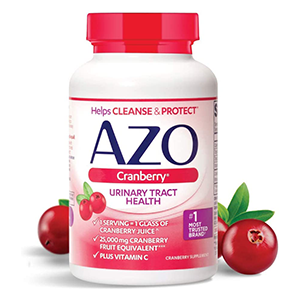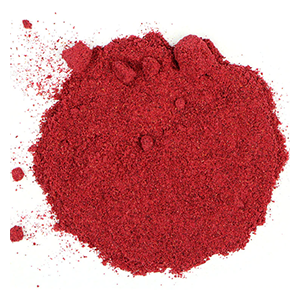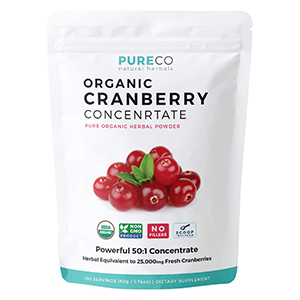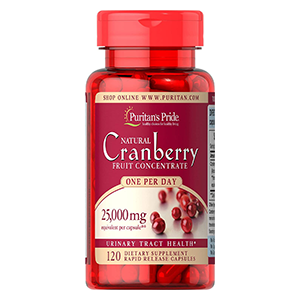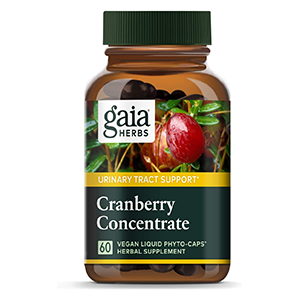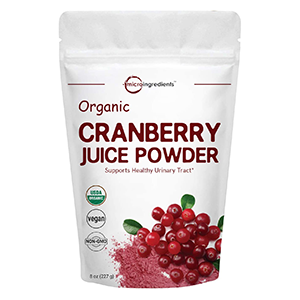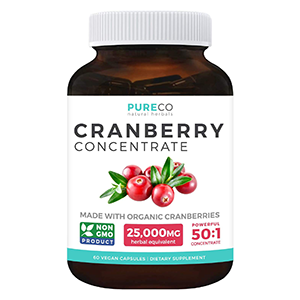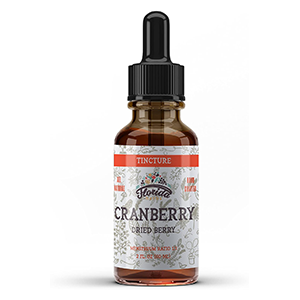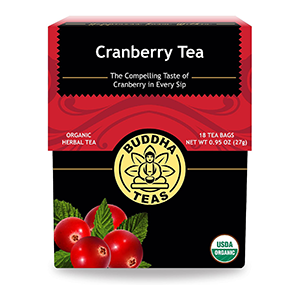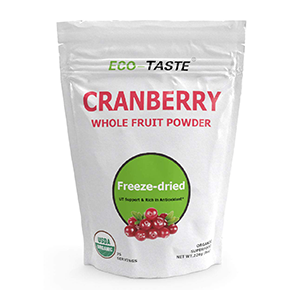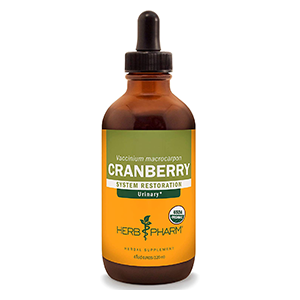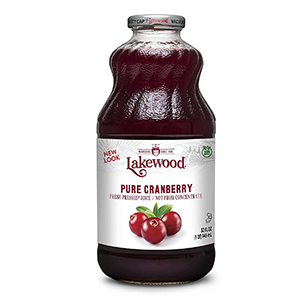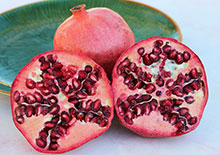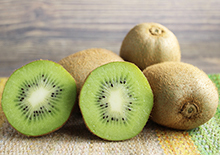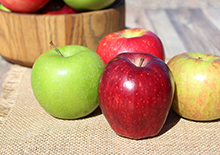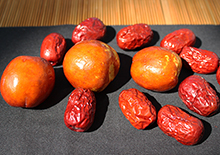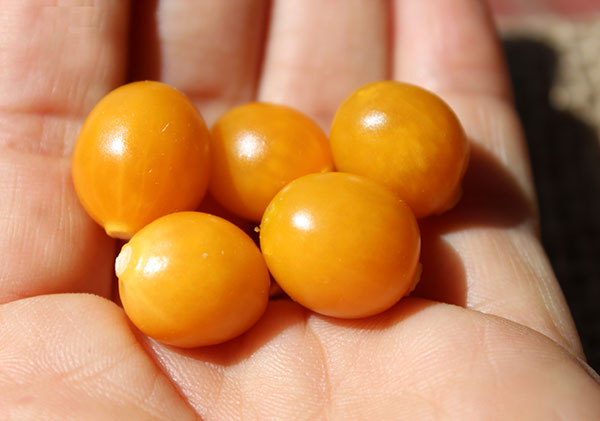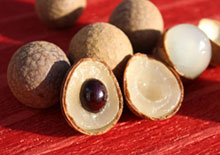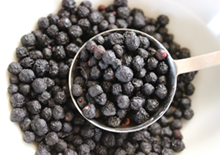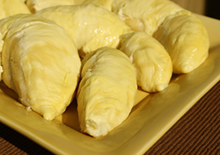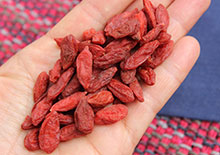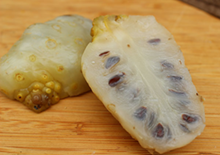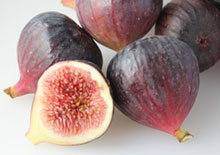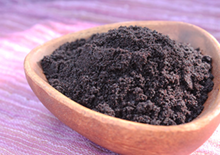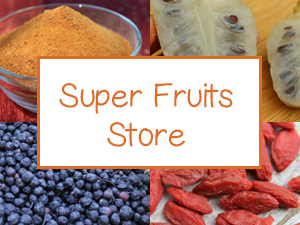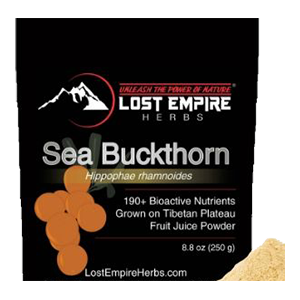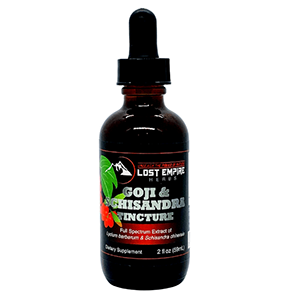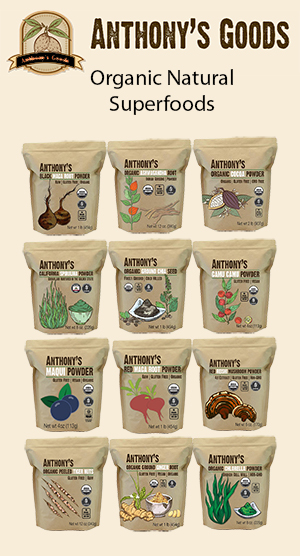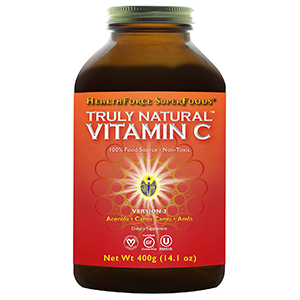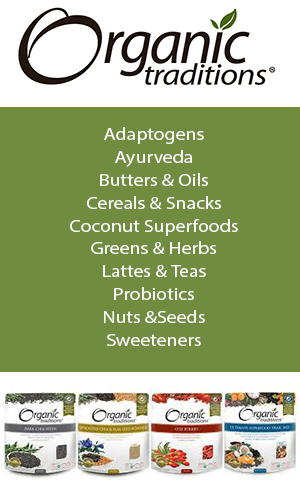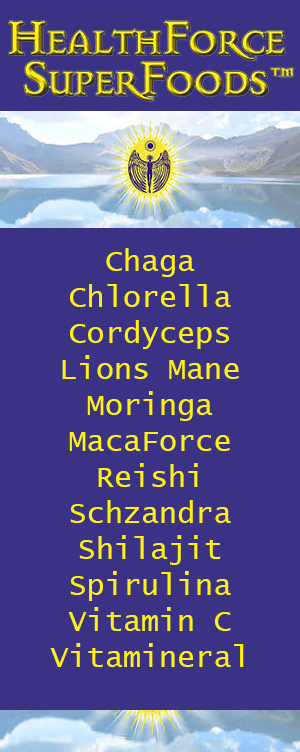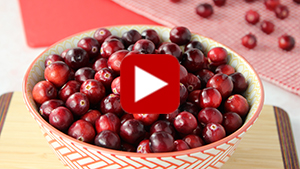- Home
- Super Fruits
- Benefits of Cranberries
Benefits of Cranberries, Are They a Superfruit for UTI's?
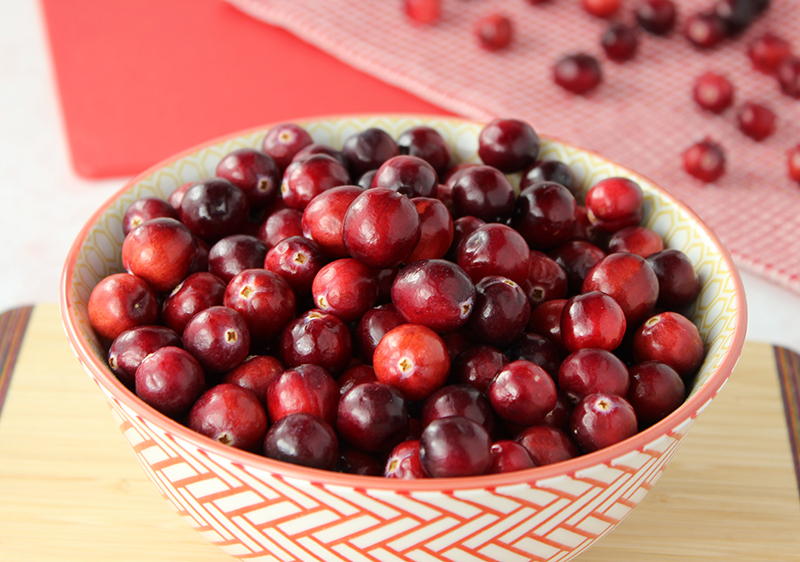
Cranberries are rounded glossy pale to deep red berries most famous for their use in cranberry sauce served during the holiday season, particularly at Thanksgiving in the U.S. and Canada. Fresh cranberry harvests in fact often line up with this time of year, extending into late Fall.
Wild cranberries, a common food source consumed by many Native North American communities, were most likely served at the first Thanksgiving dinner, an event that took place in prime New England cranberry growing regions.
What are Cranberries?
The wild cranberry is a plant indigenous to cooler locations of the Northern Hemisphere. The name "cranberry" is reported to come from the English name "crane" berry as the fruit's flower was thought to bear resemblance to the bill, neck and head of a crane, a bird often found in cranberry marsh-like habitats.
Wild cranberries grow on evergreen vines in water-soaked bogs, a type of acidic wetland that accumulates peat moss and is often layered with sand, clay and gravel. They are in the same family as other berries such as bilberry, huckleberry and the common blueberry.
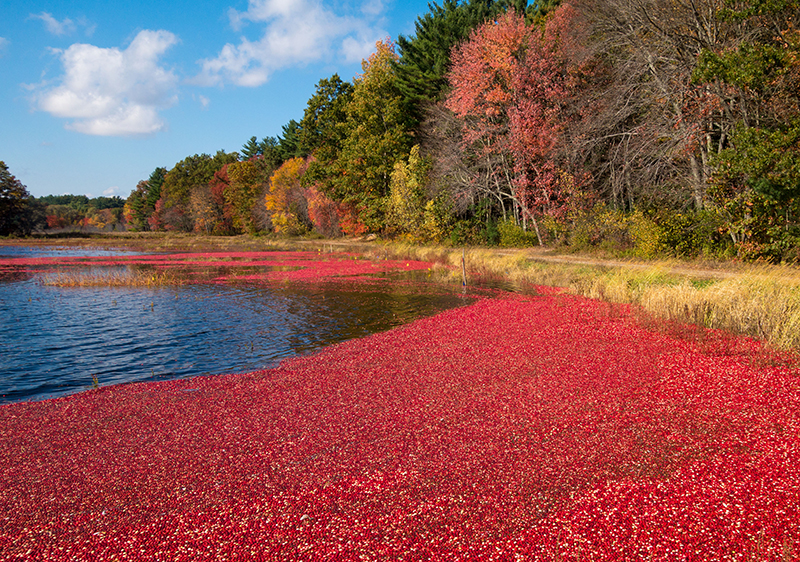
There are two main species of cranberry, Vaccinium oxycoccos and Vaccinium macrocarpon. Vaccinium oxycoccos
is a smaller type of berry often considered to be a European variety.
It's cultivated in many parts of central and northern Europe.
Vaccinium macrocarpon
or "large cranberry" is the Northern U.S. and Canadian species and the
main one grown commercially. Currently, the world's top leading producer
of cultivated cranberries is Wisconsin (*), while Quebec dominates the organic market. (*)
The wild Vaccinium macrocarpon
variety was first cultivated in the 1800s in Cape Cod, Massachusetts.
Since this time many cultivars have been developed and are grown in
human-made ponds referred to as "cranberry bogs."
Cranberries do not grow in the water, contrary to popular belief, but their cultivated beds can be flooded above the vines. This is usually done so the berries will float enabling them to be harvested and corralled out of the pond.
Fresh cranberries have a firm crisp slightly juicy texture but are
not as fleshy as other fruits because they have air pockets that give them a lighter weight. Cutting the
berry in half reveals four hollow sections that contain small seeds.
The seeds are sometimes extracted and sold as cranberry seed oil for
topical and internal due to their high vitamin E and omega-3 content.
While
the cranberry is edible as a fresh raw fruit, its sour tart taste can
dominate its sweet qualities. It is therefore frequently used with
sweeteners in recipes. Dried fruits are likewise infused with cane sugar
or apple juice to make them more palatable.
The health benefits of cranberries in modern times are often utilized as a superfruit variety for their array of nutritional nourishment. For such purposes, they are frequently consumed in two different ways.
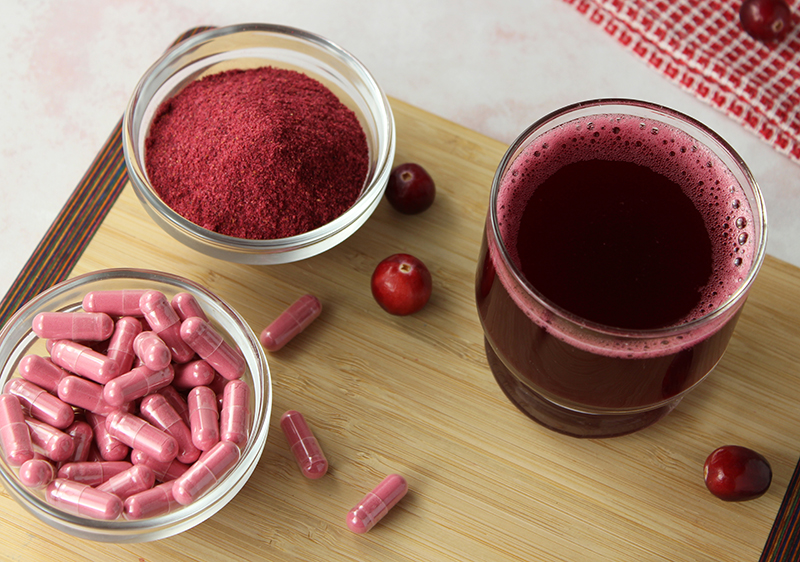
Nutraceutical Ways to Use Cranberries
1) Cranberry Juice - Fresh or frozen organic cranberries can be used to make pure straight cranberry juice. Homemade varieties are one of the best ways to ensure quality in our opinion. Secondary alternatives may include unsweetened cranberry juice that contains no additional ingredients and is made from fresh-pressed juice. The next best would be cranberry juice concentrate which can be less potent.
2) Cranberry Supplements - Cranberry is also concentrated for supplemental use as capsules or loose powders. These are extracts made from either the whole fruit or the pure juice with the quantity per serving listed on product labeling. Straight ground cranberry powders are likewise available from some suppliers. Alcohol extracts of tinctured cranberry can also be used as a dietary supplement.
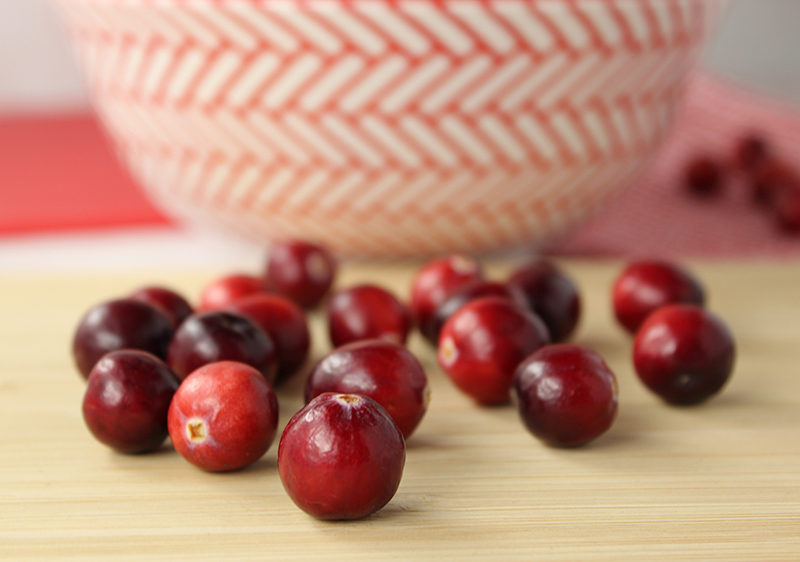
Benefits of Cranberries for Urinary Tract Infections
Cranberries, and especially cranberry juice, have long been reputed to protect against urinary tract infections (or UTIs), particularly those caused by the Escherichia coli bacteria which accounts for about 80–85% of the cases.
Since women are more prone to recurrent UTIs, females may benefit the most from cranberry supplementation. This is only as a preventative approach, not for actually "treating" an infection issue once it is established. Consuming certain cranberry products is thought to simply reduce the risk of future infection.
Supplementary use of cranberry juice and powders are proposed to basically inhibit certain strains of uropathogenic E. coli from colonizing the lower urinary tract.
After E. coli enters the bladder it can attach itself to the inner walls and form a biofilm resistant to natural immune responses. Consuming specific amounts of cranberry juice (or its equivalent) is thought to prevent this initial adhesion or "sticking" of these types of bacteria so they simply pass through the urine. (Source)
Cranberry's effectiveness for such purposes, however, can be individual or case-dependent. Also, keep in mind, it is always best to consult your healthcare professional for recommended antibiotic treatment if you suspect you have a UTI which left untreated can have serious health consequences.
Potential Cranberry-Derived Compounds Responsible
What are the precise cranberry-derived components at work to support a healthy urinary system?
Cranberries contain a number of antioxidant polyphenols including quercetin, ursolic acid, peonidin, cyanidin, benzoic acid, and flavan-3-ols like the one that cranberry is most well-known for, A-type PROANTHOCYANIDINS. (*)
Historically, the benefits of cranberries for UTIs were once speculated to come from the fruit's acids. (*) But in earlier research, isolated A-type proanthocyanidins from cranberry were claimed to be the main compounds found to exhibit anti-adhesion activity.
Cranberries are one of the highest food sources of proanthocyanidins which accounts for their bitter astringent taste. (*)
A-type proanthocyanidins or condensed tannins are concentrated in cranberries most likely due to their growing conditions which favor acidic tannin-rich growing mediums. Interestingly, the biological function of proanthocyanidins is to defend the plant itself against harmful microbes.
Cranberry Juice and Supplement Products, Claims for UTIs
There are still conflicting conclusions in studies about the protective effect of cranberry use for UTIs. However, as of July 2020, the U.S. FDA announced that it will not object to certain wording-specific "qualified health claims" regarding supplemental use of cranberry juice and cranberry fruit powder for their potential benefits at decreasing UTI risk for healthy women.
Guidelines do not include cranberry sauce or dried fruit but are exclusive to commercial cranberry juice beverages (containing at least 27% pure juice) and cranberry dietary supplements that have at least 500 milligrams of fruit powder. Claims must also specify that there is "Limited and inconsistent scientific evidence."
Suggested Daily Quantities Include:
- For Juice: One 8 ounce serving a day.
- For Dietary Supplements: One 500 mg serving a day.
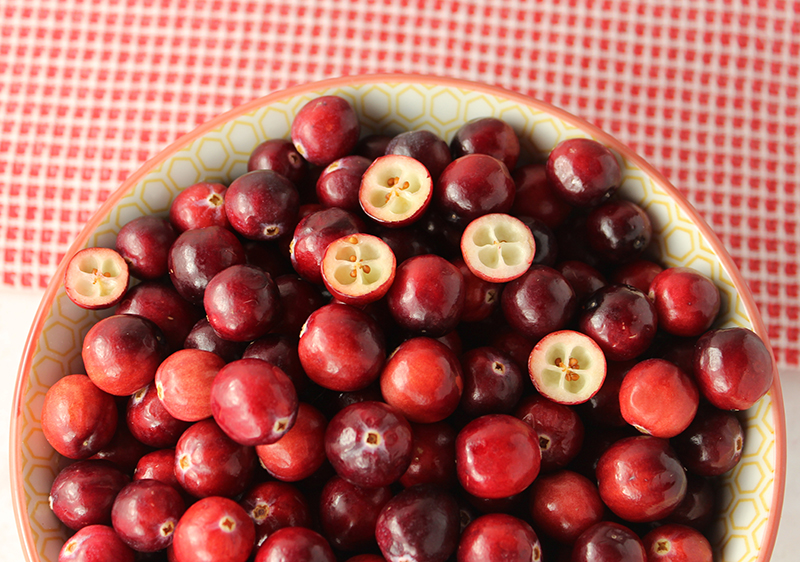
Other Cranberry Antioxidants and D-Mannose
Cranberries and pure cranberry products are recognized as a superfruit variety mostly because of their high ANTIOXIDANT ratio compared to other fruits and foods.
This, of course, includes good quantities of the immune-enhancing antioxidant VITAMIN C. For example, a one 8 ounce glass of unsweetened cranberry juice can contain about 23.5 mg of Vitamin C or 39% of the DV for this nutrient. Vitamin C is vital for the maintenance of the muscles, bones and skin.
Other superfruits known to be high in very high vitamin C include acerola, camu camu, amalaki, sea buckthorn and kakadu plum.
The URSOLIC ACID in cranberry extracts was shown to have an anti-inflammatory influence in some research and potentially beneficial for E. coli-induced inflammation.
Likewise, D-MANNOSE is a type of sugar present in cranberries that is known to be helpful for UTIs although scientific research remains inconclusive. D-Mannose is available as an isolated supplement which is often combined with cranberry extracts for their nourishing components.
QUERCETIN as an antioxidant and anti-inflammatory compound is believed to have an especially protective influence over the cardiovascular system. (*)
The ANTHOCYANINS, cyanidin and its derivative peonidin, are responsible for the deep red pigmentation of the cranberry fruit and also provides nutritive qualities.
Aside from vitamin C, other nutrients in cranberry include vitamin K, B-vitamins, beta-carotene, vitamin E and trace amounts of minerals such as potassium, manganese, iron, magnesium and copper.
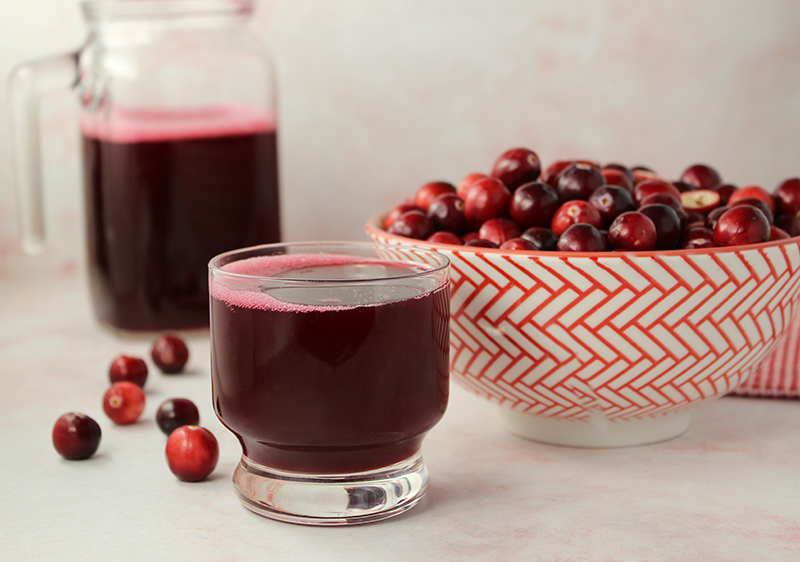
How to Use Cranberries
Note: Cranberries grown for commercial production are commonly sprayed with heavy amounts of pesticides do to bog-like growing conditions that are vulnerable to insects. It is best to purchase organic cranberries or organic cranberry juice or supplements if you use them on a frequent basis.
There are many ways to use fresh or frozen cranberries for the holiday season and cranberry sauce is probably top on most Thanksgiving dinner menus.
They can help to add an acidic element to many culinary dishes and also go well in desserts.
Cranberries, as well as other berry types like blackberries and blueberries, can be great dietary fruit choices. Fresh, frozen or powders can be blended into smoothies, protein shakes or used to make homemade juice.
Cranberry juice or powders can be combined with probiotic foods like yogurt and kefir for added flavor and nutrients. Cranberries are likewise a traditional berry used when making a sauerkraut recipe.
Although unsweetened dried cranberries are available from some suppliers, most dried versions are sweetened with sugar or apple juice and infused with small amounts of vegetable oil, often sunflower oil, to prevent them from sticking together. This ingredient also provides a softer chewable texture that is more like raisins, hence the term Ocean Spray trademark term "craisins."
For the highest health benefits of cranberries, they are usually consumed as a juice, concentrated dietary supplement or powder.
Our Favorite Way to Make Cranberry Juice
One of the easiest and most effective ways we like to make cranberry juice is by using the blender method instead of a juicer. Since cranberries aren't as juicy as other fruits, blending the berries in a high-speed blender with a little water (not much) can help to create a fine pulp.
Next, we place
the pulp into a nut milk bag (one that we use specifically for juicing)
and squeeze out all the liquid into a bowl. You can pour the juice
directly into a glass and drink straight or sweeten. It will also last
for many days when refrigerated and great to have on hand for making cranberry juice mocktails.
Precautions:
It is best to avoid cranberries or cranberry products if you are sensitive to high acid foods or oxalates. Consult your medical professional before consuming cranberry products on a regular basis if you are pregnant, nursing, taking prescribed medications, have reoccurring UTIs or if you have other serious medical conditions.
Shop Related Products (About Affiliates & Amazon Associate Paid Links)
Affiliate Disclaimer: This section contains affiliate product links. If you make a purchase through our recommended links, we receive a small commission at no additional cost to you. Thanks for the support.
